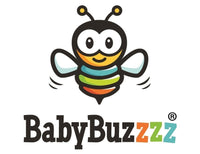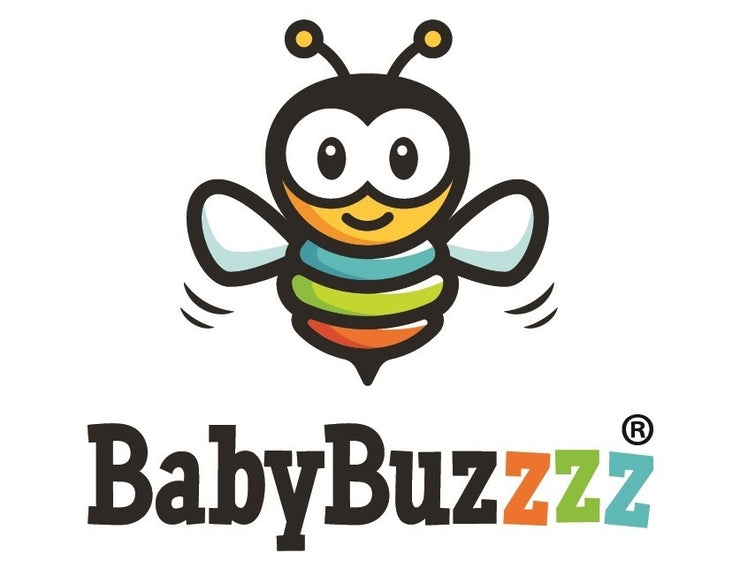Teaching Baby Sign Language
What if babies could tell us what they want before they start to cry?
Baby sign language is the use of manual signing allowing infants and toddlers to communicate emotions, desires, and objects prior to spoken language development. With guidance and encouragement signing develops from a natural stage in infants development known as gesture.
How many times have you looked at your baby — especially when he was wailing — and desperately wondered what he wanted? Like most parents, you probably resigned yourself to living with the mystery: After all, it'll be months before your child can say that he's thirsty or tired, or that he wishes you'd read him a story.
But what if there was a way to communicate together much sooner?
That’s the idea behind Baby Sign Language, it’s easy to teach and allows children to communicate well before their first birthday.

Why Teach Baby to Sign?
One of the most fundamental human desires is to be understood, research has shown baby sign language can reduce frustration for babies and parents by providing a means for babies to communicate before their vocal cords have developed for speech.
How to Teach your Baby to Sign:
There are many different apps, DVDs, books and flash cards that are great to help teach basic sign language.
In terms of which signs to teach baby first. Words and phrases like “please,” “more,” “milk,” “all done,” “play,” “thank you,” “sleep” and “sorry” all make for great first signs.
All you have to do is make the gesture whenever you say the word in your day-to-day routines. The key is consistency and persistence on your part. For example, every time you give your child his bottle, say the word “milk” and do the sign for “milk.”
It’s important to always speak the word or phrase aloud whilst also signing the word.
Don't be discouraged if your baby doesn't mimic a sign right away. You may need to demonstrate it repeatedly for up to a few weeks before he picks it up. Once he does, though, watch out: He'll be telling you what he wants — and you'll need to be ready to respond!
Gradually expand his repertoire to include more and more of the things he loves – food, shoe, hat, animals, ball, book, teddy, daddy, mummy etc.
Baby Sign Language Chart:
Here, you can see 25 of the most common signs, all in one comprehensive chart. Further information on the basics and benefits of baby sign language can be read at The Bump.


